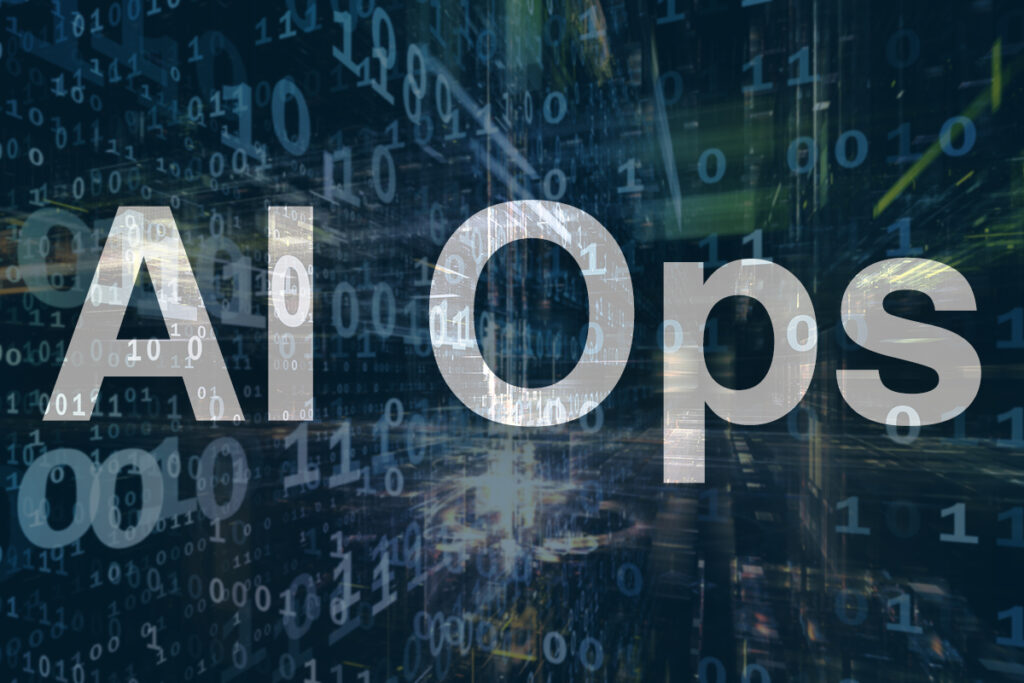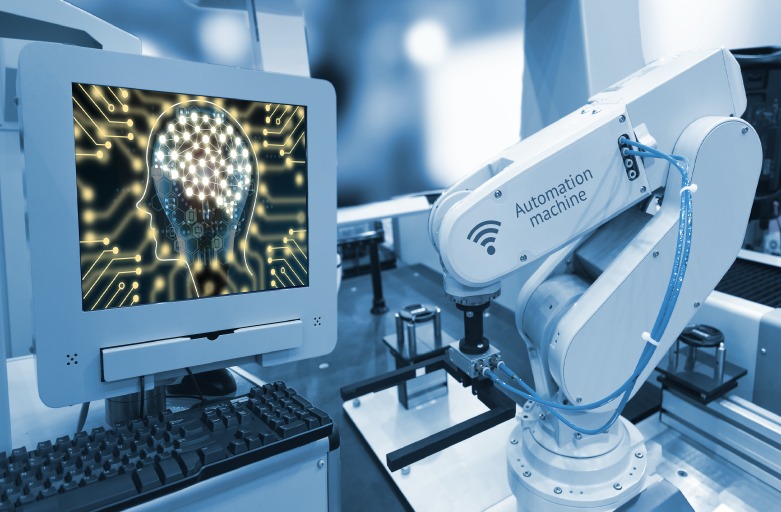
In the IT world, operations management is a core feature of successful process management. Since the bulk of the IT team’s time is spent fixing different ad-hoc problems, that leaves little time for creative and value-added work. If operations monitoring and maintenance processes could be automatized, that would mean more time to innovate or optimize. AIOps adoption looks like the current answer to this problem, so here is a market guide for this technology.
What is an AIOps platform?

Gartner issued the AIOPS acronym back in 2016 in the “Market Guide for AIOps Platforms”. They describe it as “software systems that combine big data and artificial intelligence (AI) or machine learning functionality to enhance and partially replace a broad range of IT operations processes and tasks, including availability and performance monitoring, event correlation and analysis, IT service management and automation.”
The necessity for these systems is dictated by the massive amounts of data created by digital systems. Human operators are no longer capable of analyzing these logs fast enough to provide organizations with relevant insights, so automatic monitoring tools are needed.
What does in AIOps platform include?
As an artificial intelligence-powered tool, AIOps requires three major components:
- Relevant Data
To train an AI algorithm, it is necessary to have a lot of good and clean data. Any organization looking to use AIOps tools needs to collect operations data from different sources, perform some validation and transformation, make the necessary backups, and feed it into the analytics tool.
- Automation and pattern detection
As soon as the data streams from the network, workstations, IoT sensors, and other devices are in the system, the AI algorithms start analyzing them to get insights that could be useful for incident management.
- Machine learning & AI
The idea behind using AIOps is to release the operations team from the pressure of daily firefighting and to put in place an automated system that could detect problems, fix them based on previous experience with similar issues or escalate them to a human operator.
Guide for AIOps’ Business Benefits

IT departments of a large organization require constant performance monitoring to prevent outages since a single minute of downtime used to cost $5600 in 2014 and dramatically affects the company’s perception.
In complex environments, it is sometimes difficult to identify the root cause of a problem since there are so many possible triggers. An AIOPs platform accelerates this process since it performs automated log analysis in real-time. It finds any problem much faster than a human team, thus saving time and money.
It creates a library of issues and solutions and focuses on increasing prevention rather than acting when a problem is already ongoing.
Among the primary benefits of AIOps is using the data that otherwise would not be used in an organization but holds valuable business knowledge.
AIOps use cases
Any guide for AIOPs platforms should include the most frequent use cases, so here is a list which only aims to give a few examples.
Analyze performance – Application performance monitoring
The prevalence of Big Data in IT systems makes it more challenging to analyze with traditional statistical models without using automated machine learning models, which incorporate the know-how but streamlines the process. AIOPs can perform almost real-time analysis on a wide variety of large data sets identifying possible bottlenecks and overloads and preventing them.
The technology is also useful for cloud monitoring and virtualization monitoring, not only apps and storage.
Event management: analysis and correlation

Most IT problems in a system are interconnected, and most of the time, there is always something to fix, which triggers a warning or an alert, a phenomenon called alert fatigue.
The frustration with traditional network performance monitoring is that it does not explain the initial source of the problem.
The real value of deploying AIOps is that it looks for similarities between problems and groups them together based on cause or urgency. It consolidates alerts and eliminates duplicates (basic event triage – see Siscale’s Arcanna approach – www.siscale.com), and so provides Ops teams with a hierarchy of problem groups so that they can focus on high-value and urgent issues.
Anomaly detection
AI is excellent at seeing patterns and deviations from the norm, called anomalies. These could be either caused by a spike in the regular activity (viral content, power outage etc), or the mark of malicious activity.
Anomaly detection can detect red flags on the go and identify problems even when there is no previous knowledge about a potential issue. The algorithm looks at the real-time numbers and records. Where there is a discrepancy, the algorithm starts looking for other connected red flags before sounding an alert. Analyzing groups of KPIs instead of individual streams removes or minimizes the problem of false positives.
IT service management (ITSM)
An AIOPs solution offers a platform overview and provides the IT specialists with the opportunity to manage the entire system rather than just items. It includes rules, policies, procedures, and offers the base for automatic decision making.
It is excellent for working in distributed cloud environments by automatic and dynamic resource allocation. It can offer accurate predictions and help IT staff members switch to a surveillance role.
Automation

AIOps whitepapers mention automation as one of the core applications of this technology. The goal of implementing AI in an organization is to eventually reach such a level of streamlining and automation that the system can operate with little to no human intervention, including decision-making.
With a successful AIOps platform in place, any repetitive task that requires human intervention is converted to an algorithm and performed every time the set trigger reaches a threshold.
The future of AIOps
Every generation had its tools and ways of managing work: from pen and paper to spreadsheets and CRM platforms, AIOPs holds the promise to be the new workhorse.
It offers the power of AI to be infused into automation, ready to take on the Big Data challenge, constantly streaming into the IT department.
The sheer scale of future operations makes AIOps necessary, but any organization thinking about adopting this solution needs to consider the preparation work.














